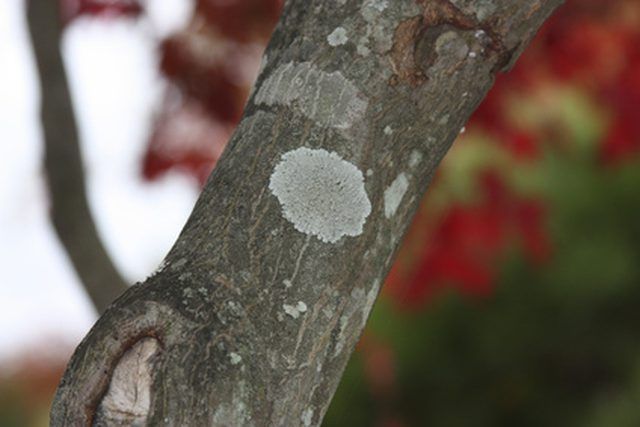Bulbs
Flower Basics
Flower Beds & Specialty Gardens
Flower Garden
Garden Furniture
Garden Gnomes
Garden Seeds
Garden Sheds
Garden Statues
Garden Tools & Supplies
Gardening Basics
Green & Organic
Groundcovers & Vines
Growing Annuals
Growing Basil
Growing Beans
Growing Berries
Growing Blueberries
Growing Cactus
Growing Corn
Growing Cotton
Growing Edibles
Growing Flowers
Growing Garlic
Growing Grapes
Growing Grass
Growing Herbs
Growing Jasmine
Growing Mint
Growing Mushrooms
Orchids
Growing Peanuts
Growing Perennials
Growing Plants
Growing Rosemary
Growing Roses
Growing Strawberries
Growing Sunflowers
Growing Thyme
Growing Tomatoes
Growing Tulips
Growing Vegetables
Herb Basics
Herb Garden
Indoor Growing
Landscaping Basics
Landscaping Patios
Landscaping Plants
Landscaping Shrubs
Landscaping Trees
Landscaping Walks & Pathways
Lawn Basics
Lawn Maintenance
Lawn Mowers
Lawn Ornaments
Lawn Planting
Lawn Tools
Outdoor Growing
Overall Landscape Planning
Pests, Weeds & Problems
Plant Basics
Rock Garden
Rose Garden
Shrubs
Soil
Specialty Gardens
Trees
Vegetable Garden
Yard Maintenance
How to Identify Diseases in My Tree
How to Identify Diseases in My Tree. Quick identification of a tree disease can mean saving the tree with an appropriate treatment and keeping the disease from spreading to nearby trees. Identifying your tree type and then the disease type as parasitic (caused by a living organism) or nonparasitic (caused by age or environmental factors) is the...

Quick identification of a tree disease can mean saving the tree with an appropriate treatment and keeping the disease from spreading to nearby trees. Identifying your tree type and then the disease type as parasitic (caused by a living organism) or nonparasitic (caused by age or environmental factors) is the first step in the process. You can then create an action plan to treat or remove your tree once you have identified the source of the issue.
Things You'll Need
Leaf from tree
Determine the type of tree by matching the identifying characteristics of a leaf from your tree with one either in a tree identification book available at your local library or on the Arbor Day Foundation website, which has a step-by-step online tree identification by location.
Call your local Cooperative Extension office, tell them the type of tree you have, and explain the symptoms. Or visit their website and attempt to diagnose the disease via their online resources.
Mail a fresh sample of a diseased part of your tree or an insect from your tree to your state's plant disease and pest identification lab, if your own research doesn't uncover the source of the problem. Send this in a crush-proof container.
Tips & Warnings
Trees suffering from Dutch elm disease and oak wilt as well as trees infested with the Emerald ash borer need to be removed immediately to contain the spread.